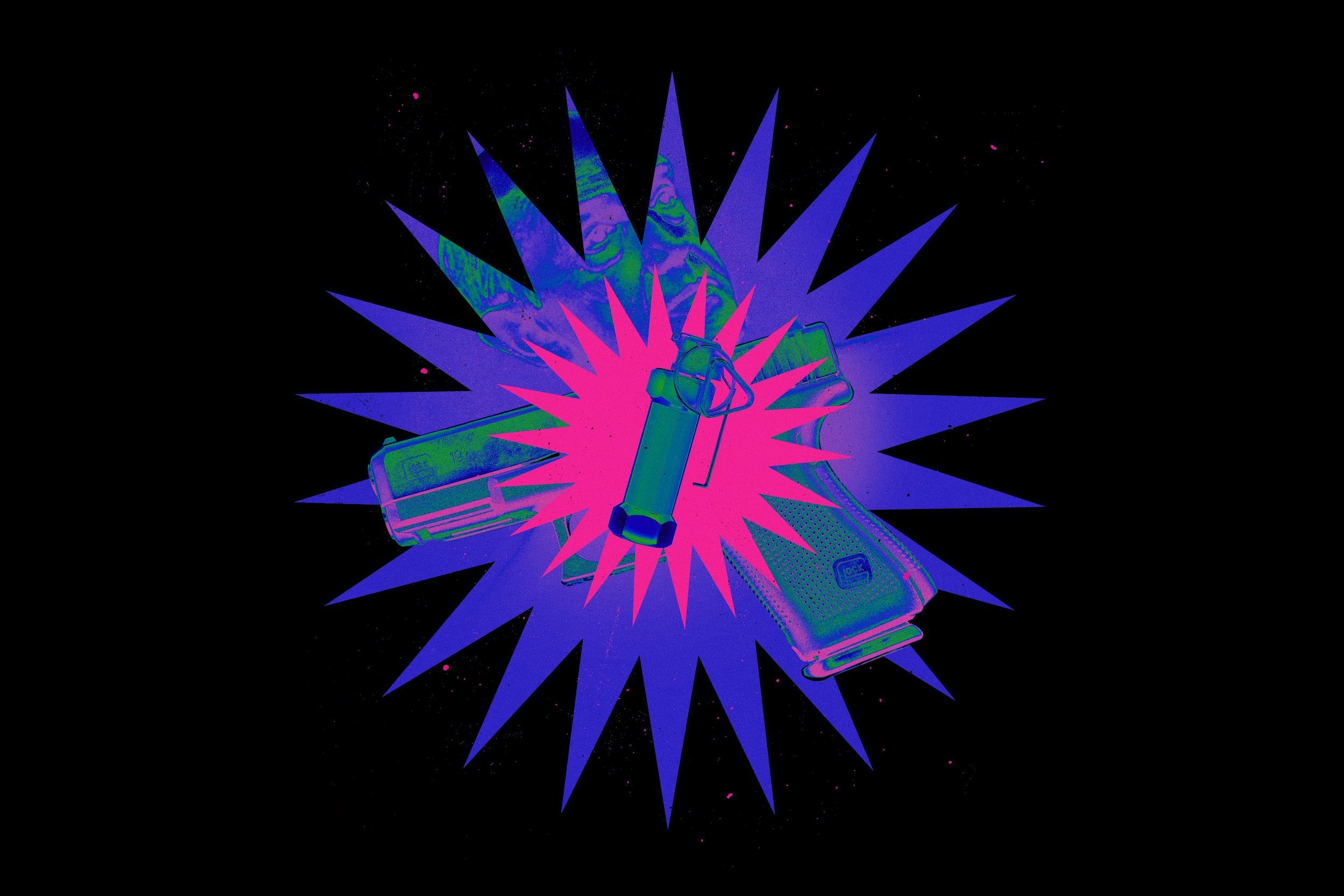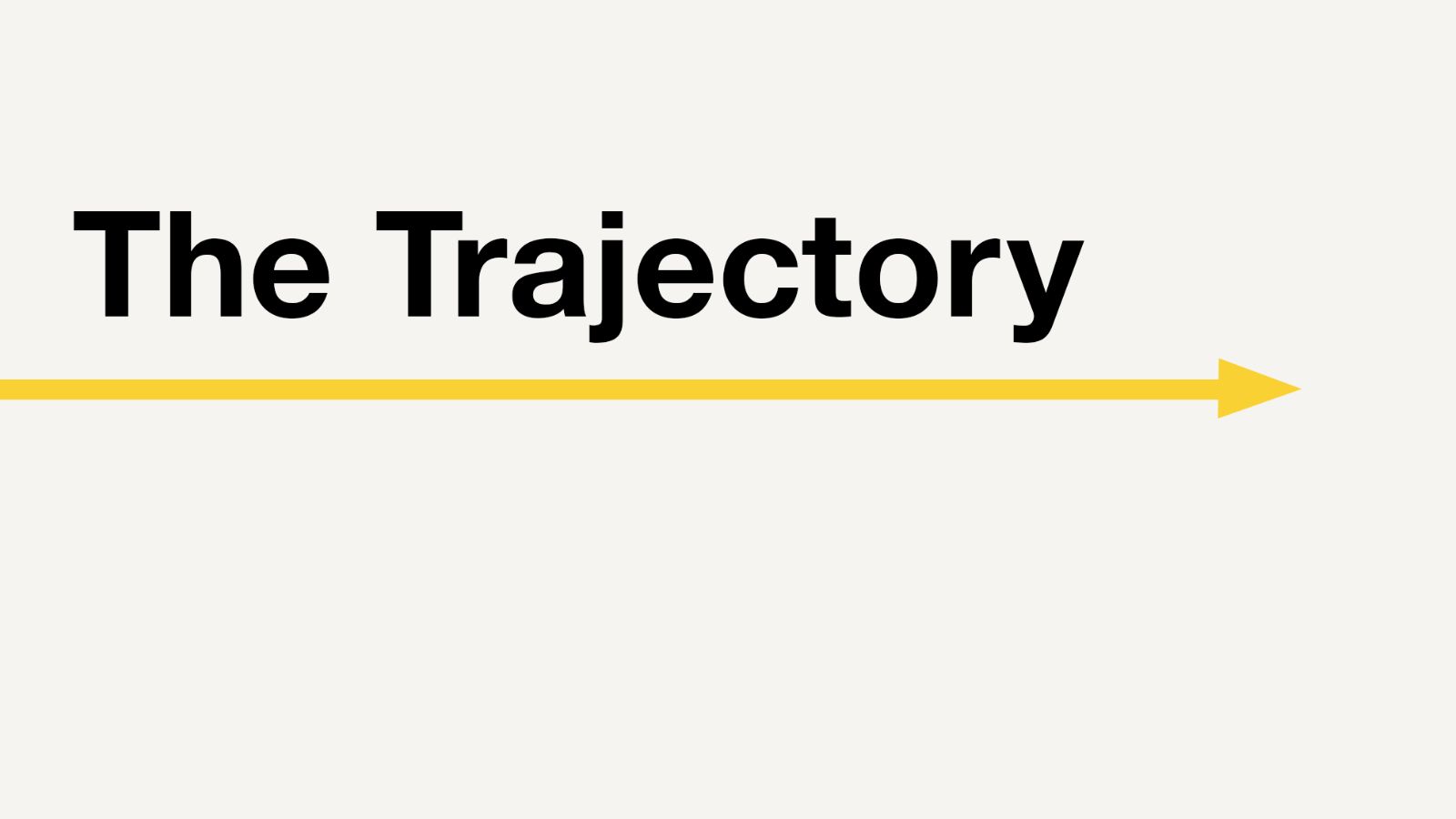Last week, during the pre-dawn hours of what would turn into a balmy Monday morning, police executed a search warrant on a home in Mobile, Alabama, looking for marijuana. The 18-year-old subject of the warrant wasn’t there, police said, but after bursting through the doors, officers from a SWAT team and a narcotics division shot and killed a 16-year-old boy, Randall Adjessom. They claim he was armed with a “laser-sighted pistol.”
The shooting in Alabama’s third-largest city was the 785th time this year that an on-duty police officer shot and killed a civilian in the U.S. — and the 21st in Alabama. Last year, there were at least 1,096 fatal shootings by police nationwide, the highest number on record, and one that has been growing each year since at least 2016, according to The Washington Post’s database. Public records indicate that dozens of others are shot by police and survive every year, though a precise tally is elusive.
America’s crisis of police violence is deeply rooted — but research shows that there are solutions. To understand them, we first have to examine the problem head-on.
The toll of police violence disproportionately falls on Black people, who are killed at more than twice the rate of other racial groups. The disparity is starker in shootings of unarmed civilians: Though Black men make up only 6 percent of the U.S. population, they account for more than 32 percent of the unarmed people shot by police since 2015.
The nationwide protests following the murder of George Floyd in 2020 prompted calls for significant reforms to policing. But after that initial momentum, which led to some modest changes, public attention shifted to rising violent crime rates. Little has fundamentally changed since then. The number of officers charged for on-duty killings is up, but convictions are still relatively rare. Investments in non-law enforcement responses to violence have increased, but wholesale transformations to policing itself haven’t materialized.
At the same time, 42 police officers have died by gunfire so far this year, according to the Officer Down Memorial. Last year, the number of officers shot and killed while on the job was 65. Others still were wounded but survived.
The disproportionate rate of police shootings in Black communities certainly has its causes, including systemic racism, poverty, and historical tension between marginalized communities and the police who are supposed to protect them. It’s also connected to the increasing militarization of police in America, and a culture that positions police as warriors for law and order in an increasingly dangerous society, rather than guardians or protectors.
Police shootings — and police violence more broadly — are connected to something else, too: the proliferation of guns and gun violence in America. In a nation with far more firearms than people, police operate under the assumption that any encounter could be with someone carrying a gun, according to sociologist Michael Sierra-Arévalo, who studies policing at the University of Texas at Austin and is the author of a forthcoming book exploring how police culture shapes officers’ perception and practice of violence, “The Danger Imperative.”
“Officers are very aware of this,” he told me. It colors their training, policies, and frame of mind on the job.
There have been several studies showing the connections between the ubiquity of guns, officer safety, and police use of fatal force. Several have found that states with looser gun laws and more guns, like Alabama, have higher rates of shootings by police — and higher rates of shootings of police. Other research has shown that loose carry regimes, like permitless carry laws that allow residents to carry firearms without a license, are associated with higher rates of shootings by police. But few studies have looked at the flip side: whether particular gun laws could potentially reduce the number of police shootings.
A recent paper by researchers at Johns Hopkins University, published in the journal Injury Epidemiology, took a step forward on that front. Their study found that in states requiring permits to purchase firearms, known as permit-to-purchase laws, fatal and nonfatal police shootings were 28 percent lower. Like other studies, it also found that states with loose concealed carry laws had higher rates of police shootings. The study controlled for several factors like state-level demographics and socioeconomic factors, but many of the states with loose carry laws, like those in the South and Midwest, also tend to have a history of racial terror that may play a role but would be difficult to account for.
Could checks on the front end, like permit-to-purchase laws, be one avenue to reduce police violence?
Fourteen states currently have permit-to-purchase laws requiring residents to obtain a license verifying that they can legally own guns before purchasing them. Outside of policing, research shows that permit-to-purchase laws are associated with lower gun homicide and suicide rates. The researchers hypothesized that permit-to-purchase laws not only reduce the number of legal guns popping up in interactions with police, but may also reduce the number of stolen guns and straw purchases that contribute to the overall supply of illegal guns.
This new cross-sectional study on policing, though not conclusive on its own and not establishing causality, contributes to evidence that in places where accessing guns is easier, more people carry them, which can increase police use of deadly force, whether legally justified or not. That suggests a broad range of policy options for saving lives — both civilians and officers — that go beyond focusing solely on policing systems.
For Brenda Goss Andrews, a retired Detroit Police deputy chief and past president of the National Organization of Black Law Enforcement Executives, the climate of violence and division in the country affects how officers approach their jobs.
“Officers know that there is a proliferation of guns. More people have guns. Younger people have guns,” she said. “So you go into a situation probably thinking or assuming that this person has some type of deadly weapon.” There’s also the addition of new threats, like ghost guns, untraceable firearms often assembled at home. So police proceed on alert, assuming anyone could be armed until a situation is assessed. “These are split-second decisions,” she said.
Goss Andrews said permit-to-purchase laws could contribute to safety not just for civilians from police, but also from America’s everyday gun violence. “It could help officers to be safe,” she said. “It could help the community to be safer.”
But tougher gun laws could also disrupt efforts to reduce incarceration and over-policing, criminal justice reform advocates have long said. These measures could lead to more people being charged with illegal possession for carrying guns to protect themselves. “Washington D.C. has restrictive gun laws yet still has high rates, and for someone carrying a gun because they don’t feel safe, they will incur a felony with a sentence of up to five years — this has disproportionately impacted Black and other communities of color,” a spokesperson for the Vera Institute of Justice, a criminal justice reform advocacy organization, told me by email.
It is training. It is police-community relations. It is procedural justice. … I think we always look for that one solution when this is multilayered.
Brenda Goss Andrews, a retired Detroit Police deputy chief and past president of the National Organization of Black Law Enforcement Executives
Goss Andrews also cautioned against seeing those laws as a panacea, “especially right now, since there’s so many guns that are already out there. Going forward, if we have permits and better background checks, maybe. But right now, we have millions of guns that are already out here.” Sierra-Arévalo was also doubtful that permit-to-purchase laws alone would significantly change officer psychology or behavior directly, especially in the short term, since police are trained to presume all interactions could be armed.
In addition to stronger gun laws, Goss Andrews said, comprehensive solutions are needed to address root causes of violence, from poverty to racism to mental health. “It is training. It is police-community relations. It is procedural justice, where a community feels it is being treated fairly and justly with their process,” Goss Andrews told me. “Do they have a voice? I think we always look for that one solution when this is multilayered.”
Some cities are taking other approaches. In San Jose, California, police now classify gun-pointing as a use of force, in an attempt to reduce the chances of police shootings by increasing accountability and reviews before a shooting happens. Another study found that police departments that embraced procedural justice training saw lower crime, improved officer behavior, reduced arrests, and improved community perceptions of the police, among officers who received training versus a control group that did not.
Permit-to-purchase laws and other restrictions at the point of first sale could cut the supply of illegal guns before they make it into over-policed communities by preventing straw purchases and questionable sales by irresponsible gun dealers. And other gun policies that don’t target individuals, such as accountability for gun manufacturers and dealers, could potentially be a way to reduce gun violence without increasing mass incarceration. Increased investment in local offices of violence prevention that coordinate non-law enforcement and community-led responses to crime may be another avenue.
“Reducing violence overall is a public good,” Sierra-Arévalo said. “If you can reduce violence and you can reduce crime through mechanisms that don’t require police, you are going to mechanically reduce the number of interactions between police and the public.”
That, ultimately, could reduce the number of police shootings.



